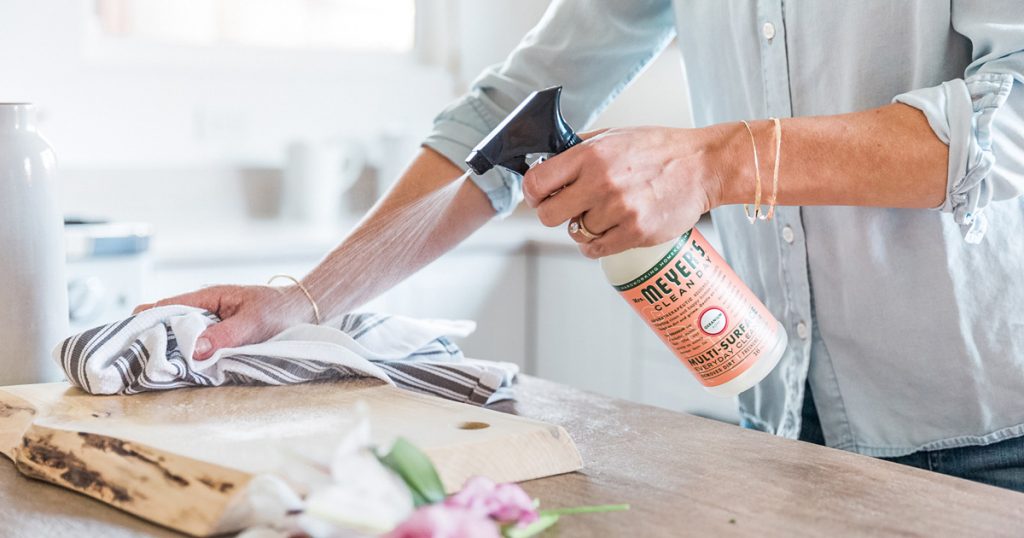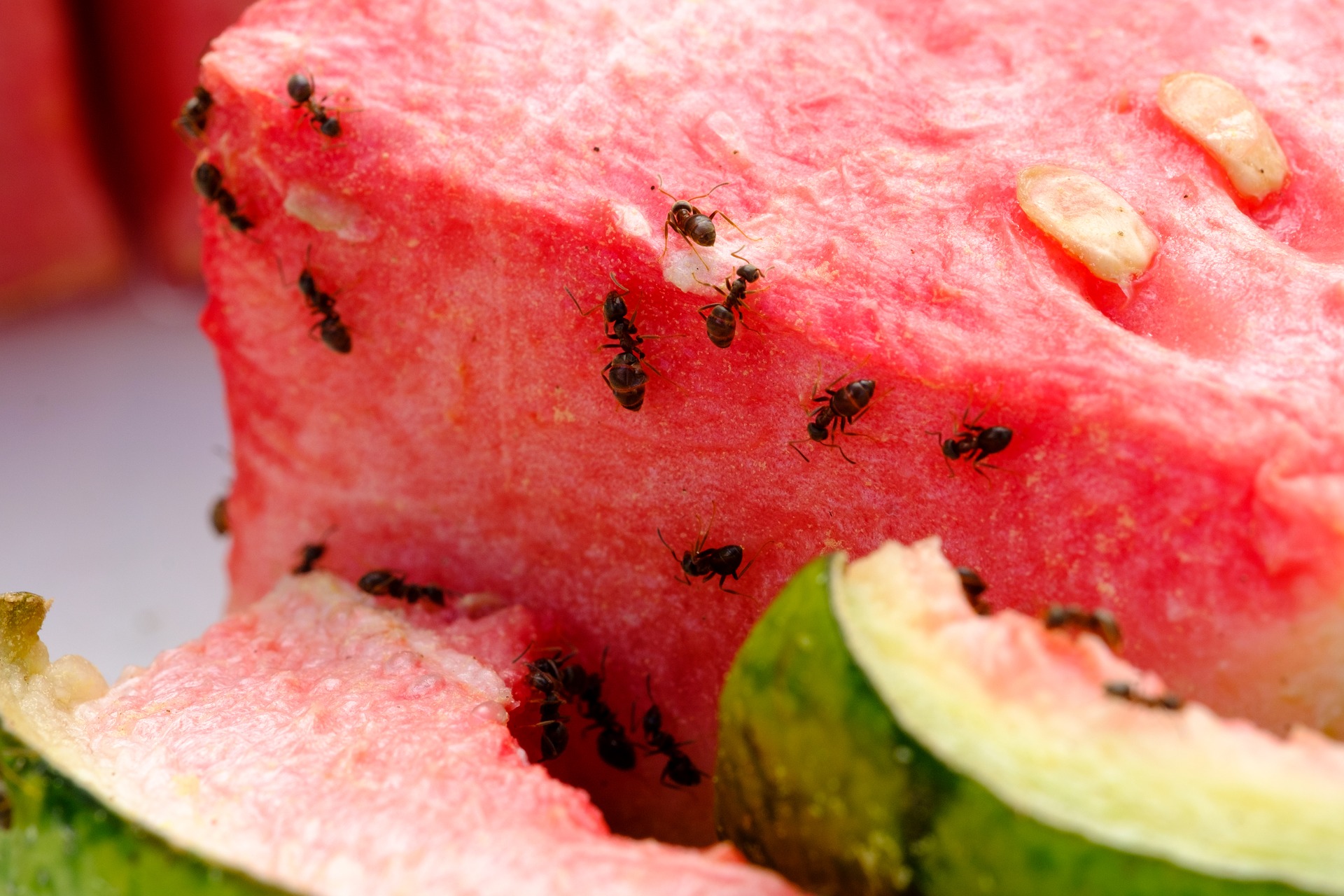Are your outdoor pests now indoor guests? Part 1
Many years ago, we visited family in South America. Mom noticed a colony of ants feverishly moving about on the side of their refrigerator in the kitchen. She asked about them and was told casually, “Oh—they live there.” Welcome to life in Suriname! Getting to know the locals means more than extending hospitality to your neighbors no matter where you live. Every home has its own version of those refrigerator ants and every home has occasional invaders. The website InsectIdentification.org database lists 509 Common Bugs and Insects in Minnesota. Some are harmless, some are not, and more of these than you think live with you. The occasional or accidental invader comes in seeking shelter from the cold; these are usually tolerable. The problem is the scout looking for a permanent home for its hundreds of relatives or the hungry animal that can damage your home inside and out. So what’s a homeowner to do? Plenty. Here are a few ideas to get you started.
First, plan your work, then, work your plan. First on your list should be your own home inspection. Get out your Home Maintenance Checklist. Don’t have one? Maybe this is the time to get one started. Summer is a good time of year to inspect your house inside and out for cracks, leaks, and holes in brickwork, siding, windows and doors, and any entry points for utility lines. Check the roof and chimney down to the crawl space and basement. Bats only need about 6 millimeters of entry space; insects and arthropods need much less. Plug the holes and ensure doors and windows close tightly. Next, check your landscaping and plants next to your house as well as any piles of debris, stacked wood, or storage sheds which may invite outdoor creatures of all kinds. Check your plumbing indoors as well as outdoors for moisture, leakage, or standing pools of water. Once the general maintenance is done, clean and declutter.
 All of this work will help to keep many outside creatures outside. Some common nuisance invaders found indoors throughout the year are ants. Tom Moor of the Chicago Tribune notes that ants come indoors for only one reason—food. Sugar ants, about one-eighth inch, are one of the most common to come inside seeking out sugary and greasy items. The brown common pavement ant will set up colonies near driveways or patios and send scouts inside in search of meat, grease, seeds, and insects. The carpenter ant is black, about one-half inch long, looks for protein, and eats through wood to find a nesting place. Ants generally do not transmit disease but may cause damage to wood buildings and are mostly a nuisance to homeowners. Because they are small and may be found under baseboards and moldings, ants may best be treated by knowing what type of ant is in the home. The best DIY management is plugging holes on the house’s exterior and on the inside, keeping food surfaces clean, vacuuming daily, properly storing food and disposing of food, and rinsing recyclables before storage. Moor suggests starting the management process using soap and water and provides suggestions from sprinkling talc under doors to using bait traps and sprays to calling a pest control professional to handle an infestation.
All of this work will help to keep many outside creatures outside. Some common nuisance invaders found indoors throughout the year are ants. Tom Moor of the Chicago Tribune notes that ants come indoors for only one reason—food. Sugar ants, about one-eighth inch, are one of the most common to come inside seeking out sugary and greasy items. The brown common pavement ant will set up colonies near driveways or patios and send scouts inside in search of meat, grease, seeds, and insects. The carpenter ant is black, about one-half inch long, looks for protein, and eats through wood to find a nesting place. Ants generally do not transmit disease but may cause damage to wood buildings and are mostly a nuisance to homeowners. Because they are small and may be found under baseboards and moldings, ants may best be treated by knowing what type of ant is in the home. The best DIY management is plugging holes on the house’s exterior and on the inside, keeping food surfaces clean, vacuuming daily, properly storing food and disposing of food, and rinsing recyclables before storage. Moor suggests starting the management process using soap and water and provides suggestions from sprinkling talc under doors to using bait traps and sprays to calling a pest control professional to handle an infestation.
Some nuisance invaders are driven indoors by inclement weather; some hitch a ride on a person, animal, package, or shoe; some were there before the homeowner moved in; and some walked or flew right in when the window or door was open. Some of these look intimidating but are actually harmless to people, such as earwigs, Asian lady beetles, elm leaf beetles, box elder bugs, and ground beetles. Most of these insects prefer to be outdoors in soil or in damp, dark places. Such arthropods as sowbugs, millipedes, and centipedes are harmless to people and considered beneficial outdoors, going indoors only to overwinter.
Others such as a variety of beetles, clothes moths, silverfish, cockroaches, termites, and pantry pests are destructive to wool, fur, wood, food decorations, and stored foods. While they may not carry disease or bite people, they contaminate stored foods as well as goods, wallpaper, and clothes. Vigilance and programs such as Integrated Pest Management (IPM) can best keep these uninvited creatures at bay. The Science Museum of Minnesota recommends “thorough monitoring, good housekeeping, and the focused use of the least toxic treatments.” This involves regular cleaning in the kitchen, storing foodstuffs in sealed metal or glass containers, proper cleaning and storage of clothes, especially those made of natural fibers that have special appeal to insects, and heating or freezing an insect infested object to kill the predators. If you don’t like the idea of tossing your clothes in the dryer on a daily basis, and if the problem involves more than a few creatures, then consider calling a pest control professional for advice. What do you do if the invaders are a bit bigger and hairier or bite or fly? Check out Part 2 next month.
Credit: Bru-nO @pixabay.com
ABowlFullofLemons.net

